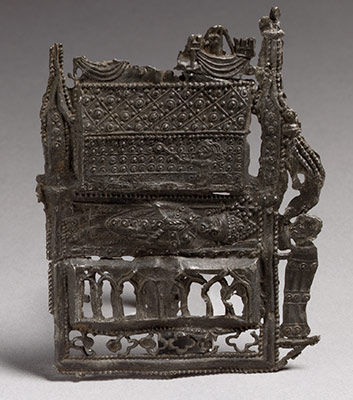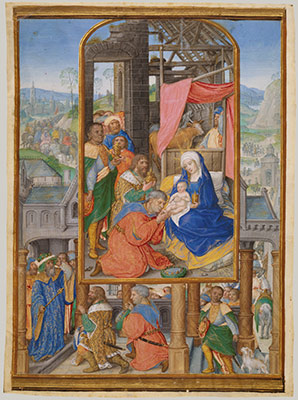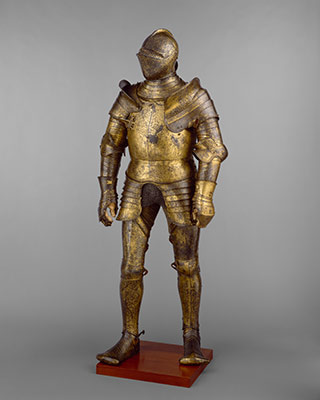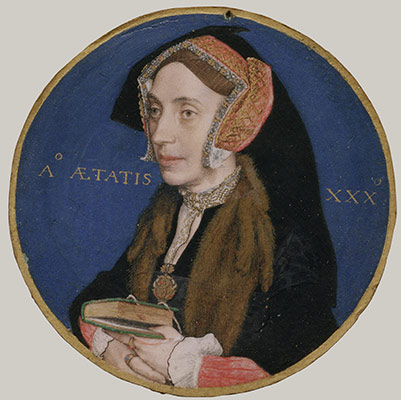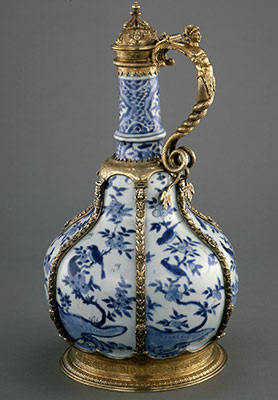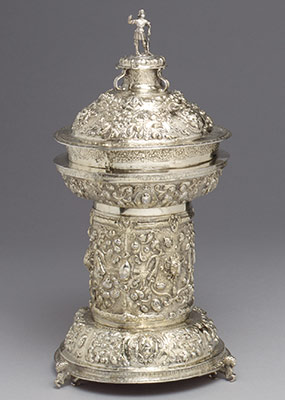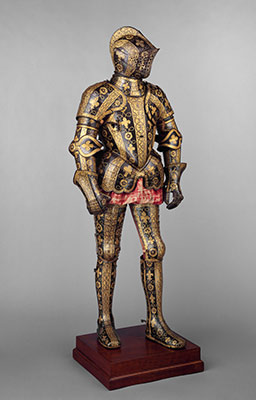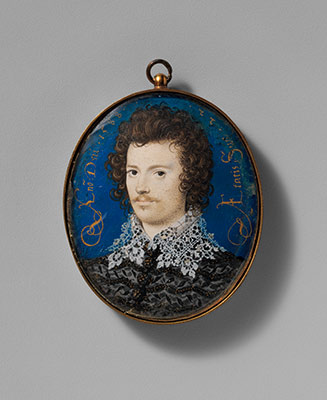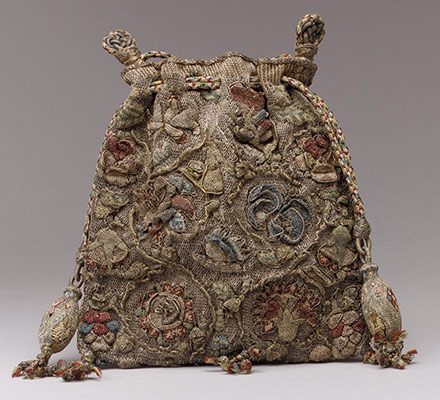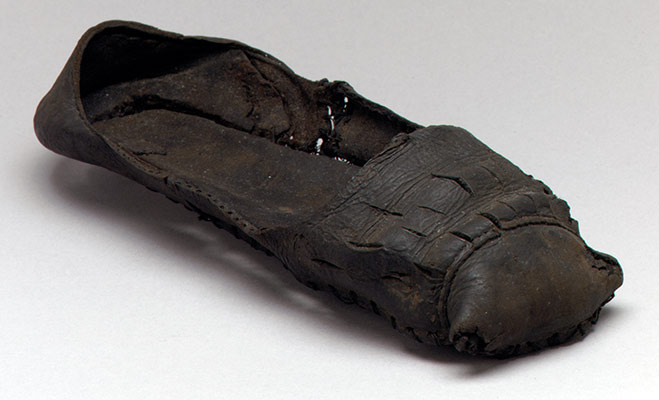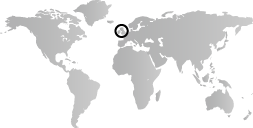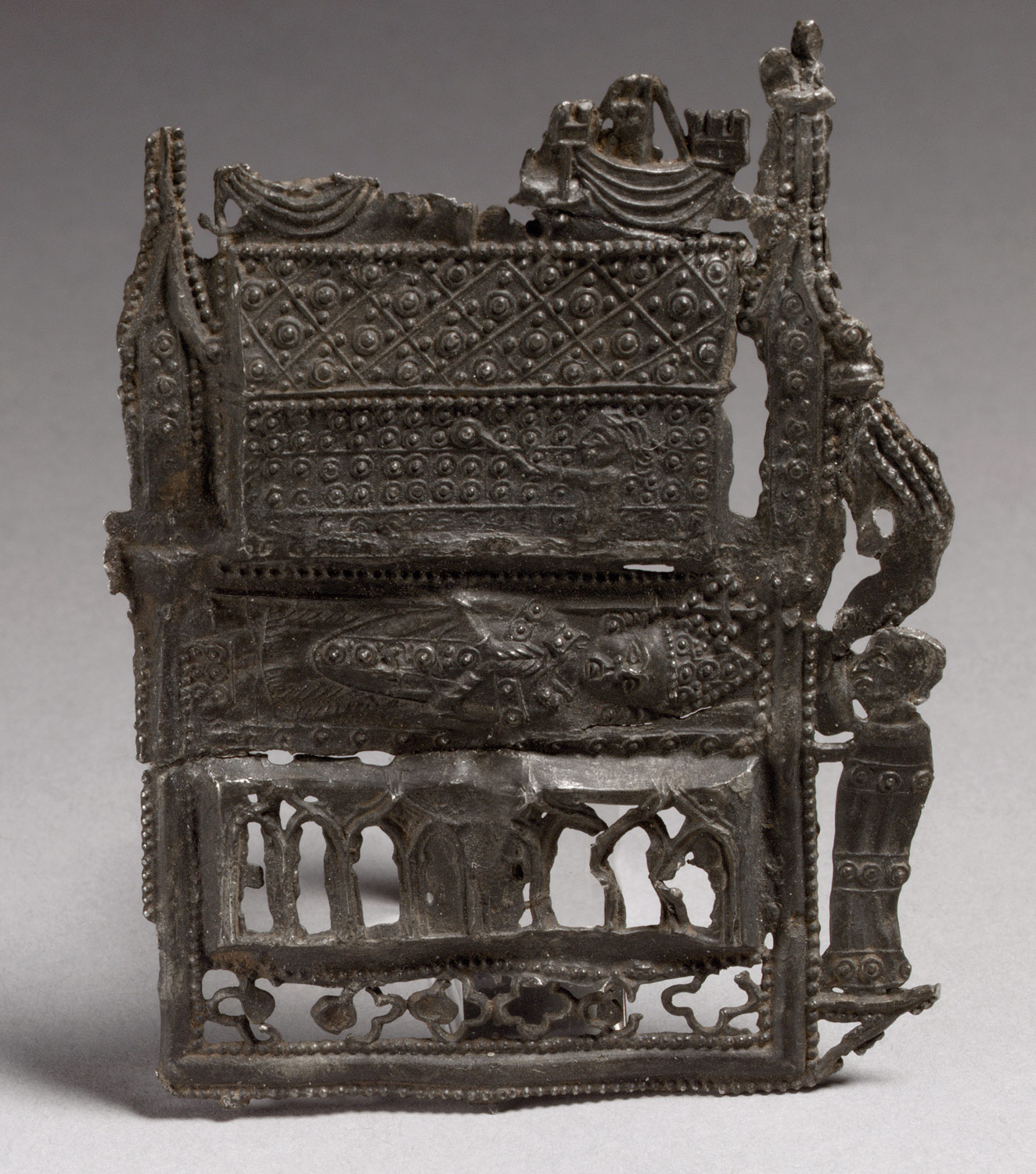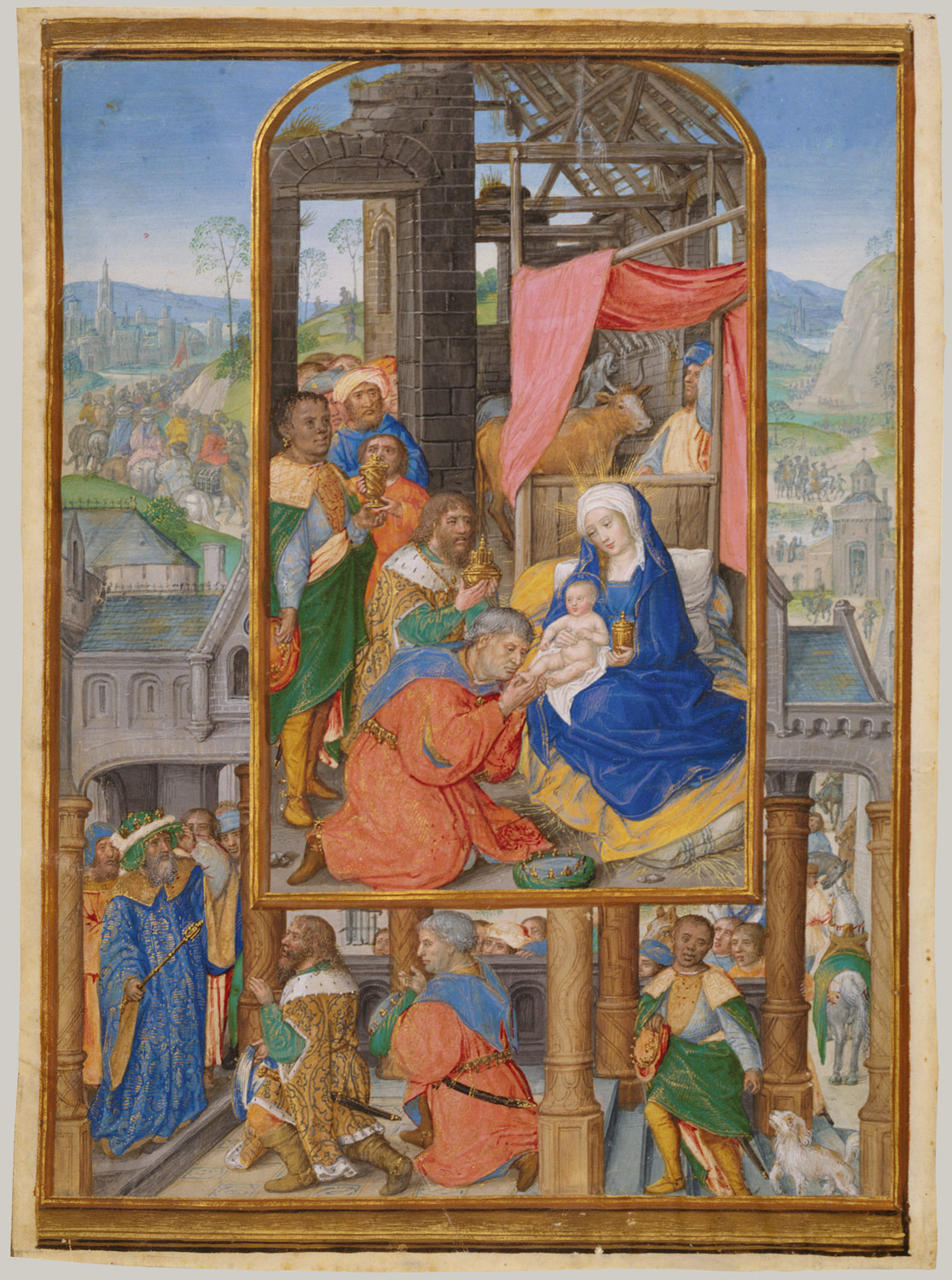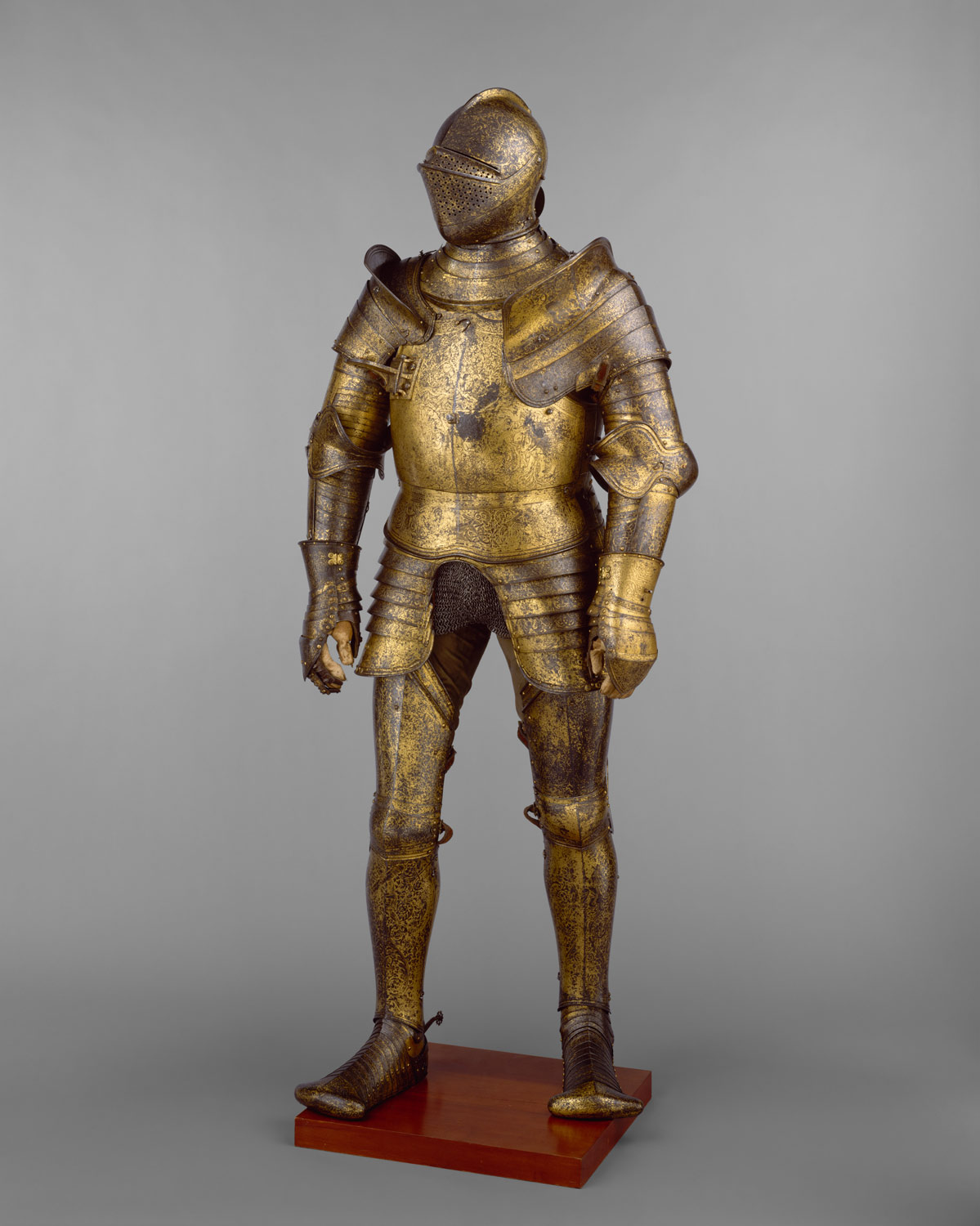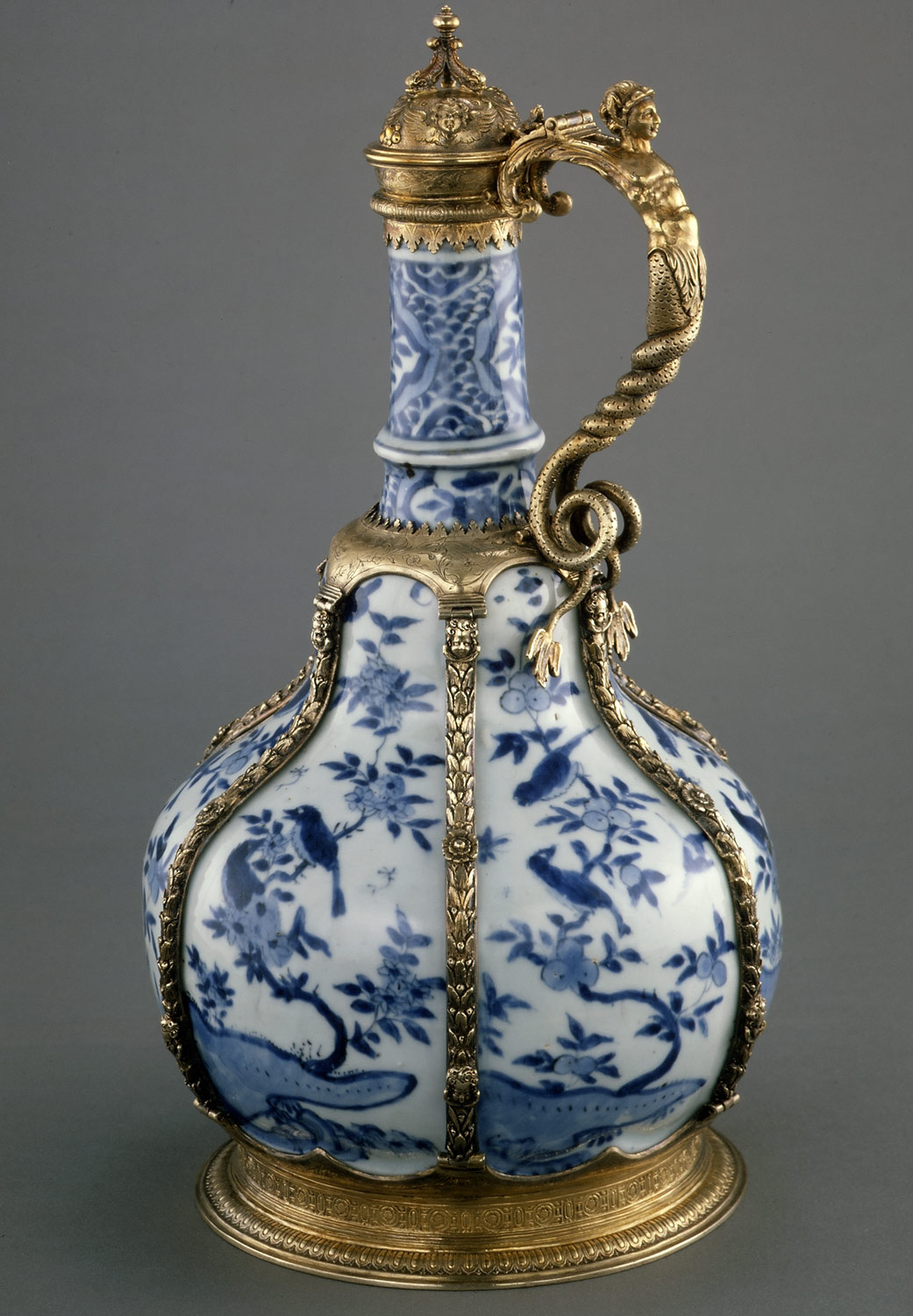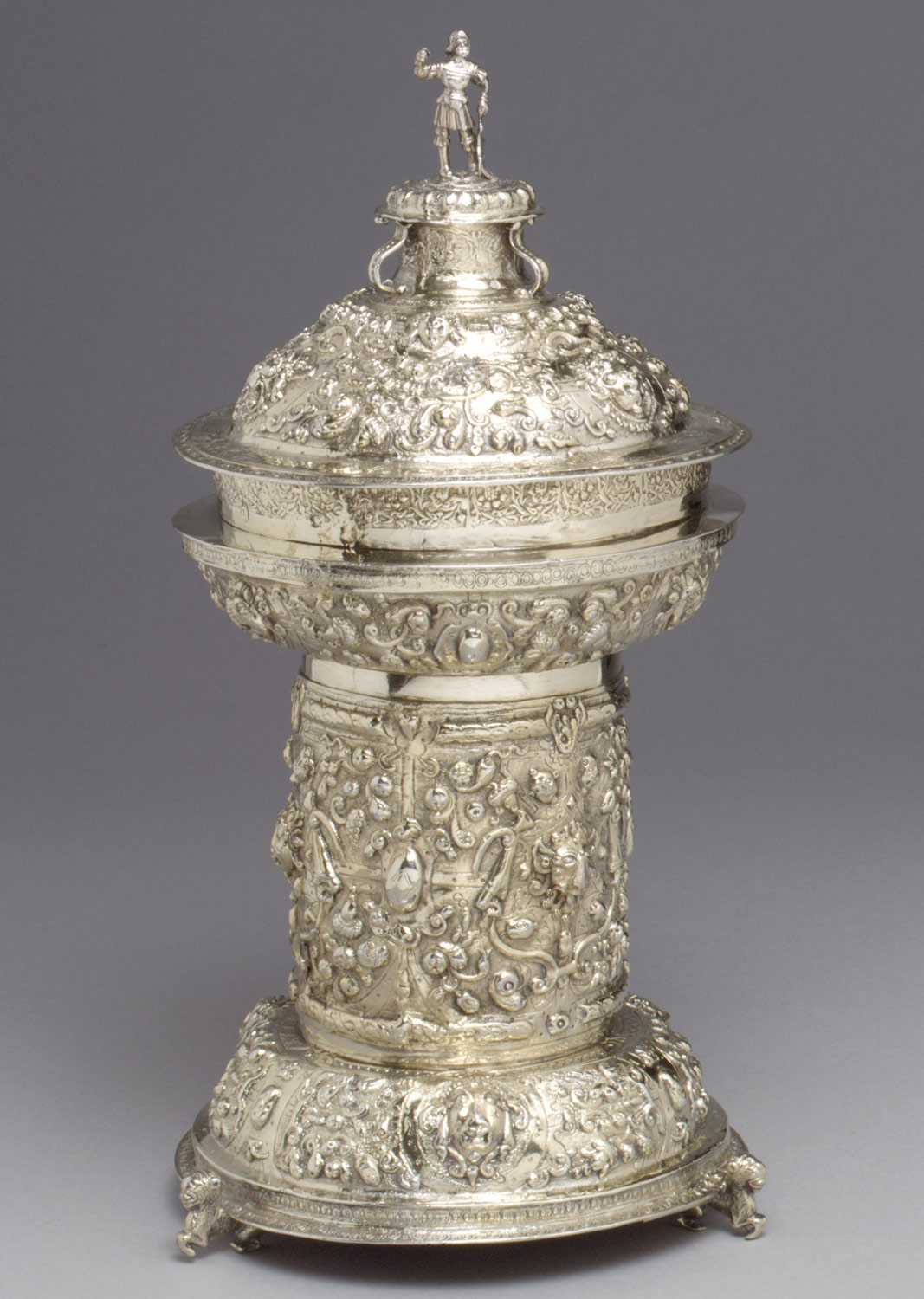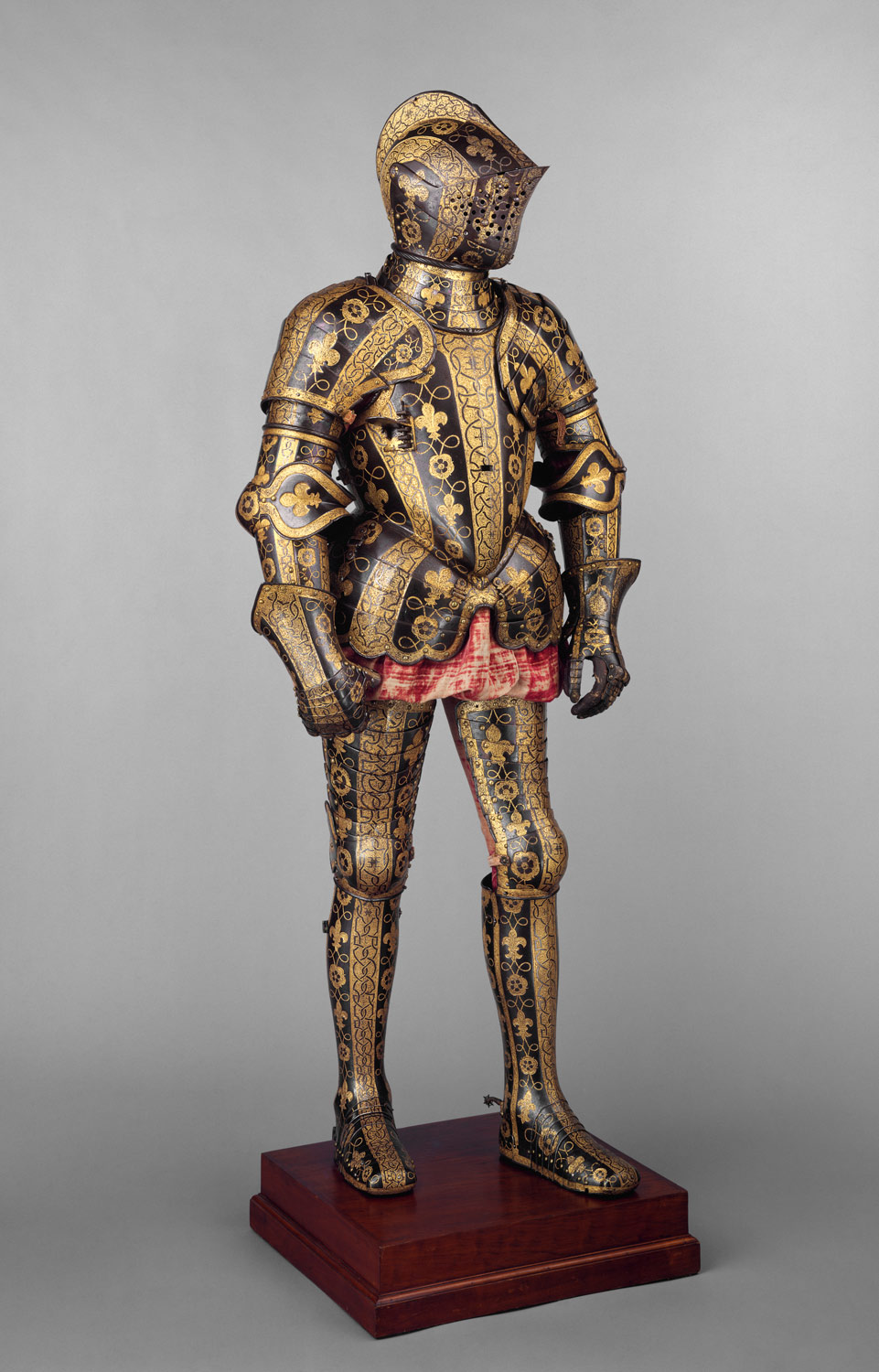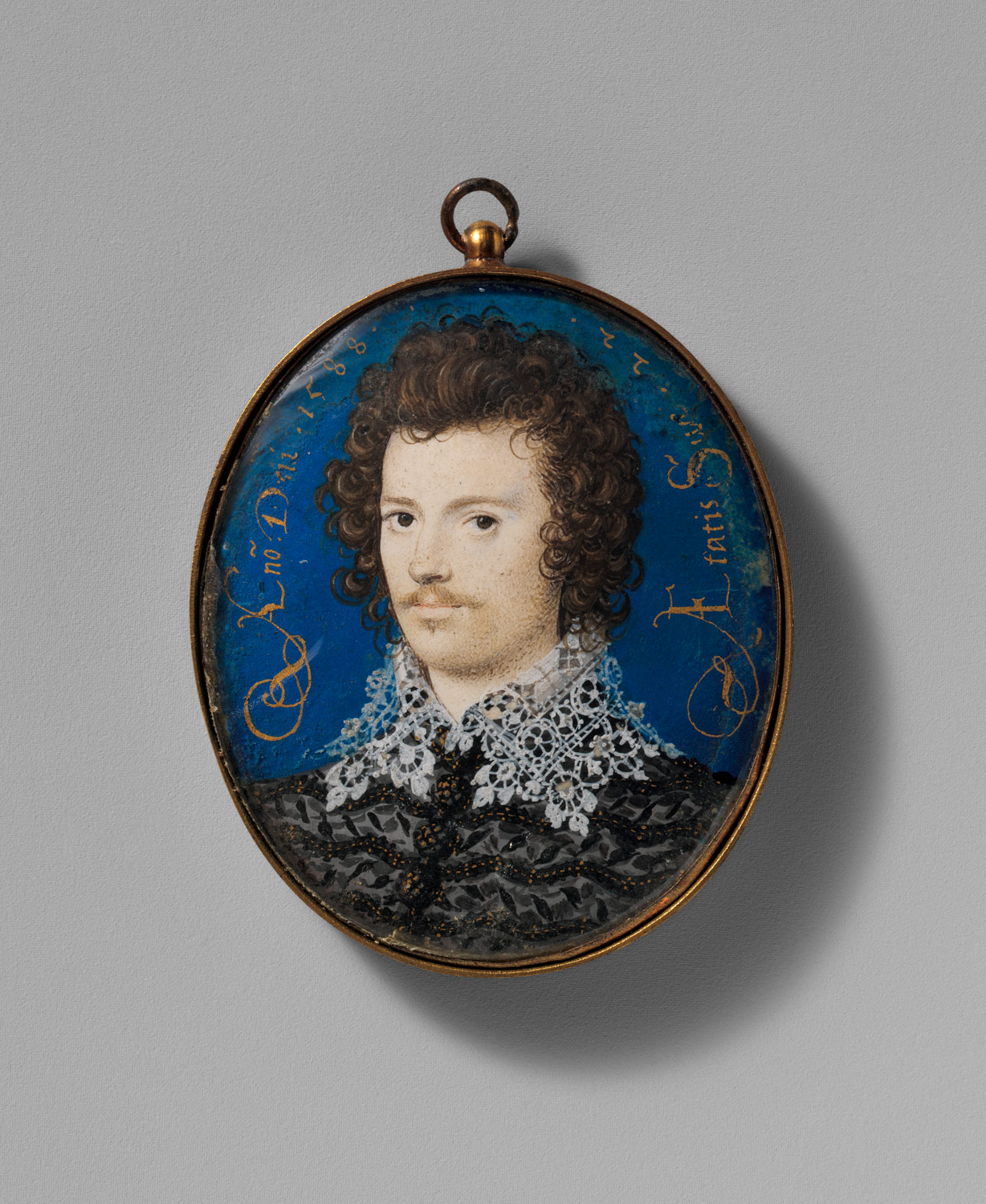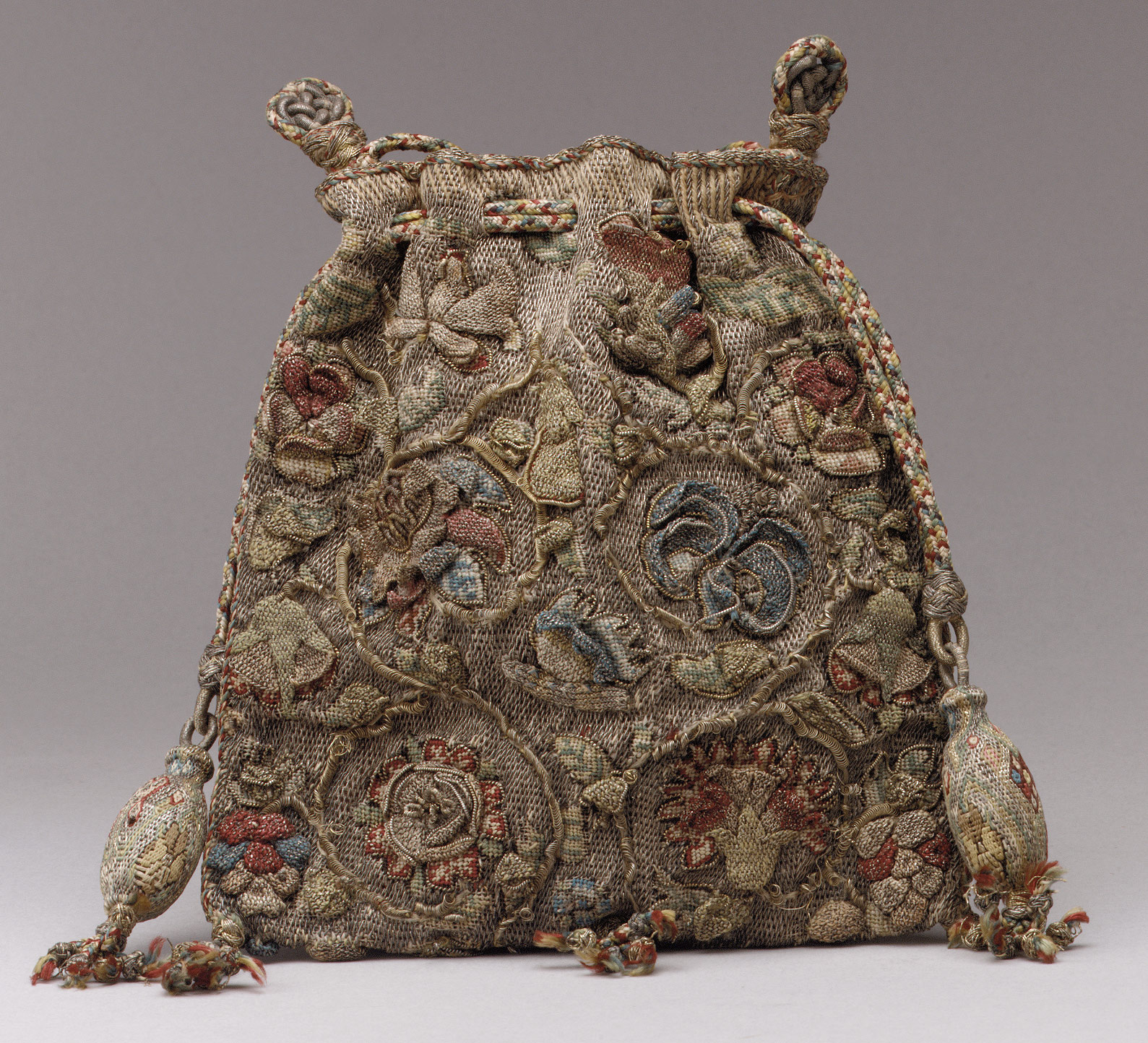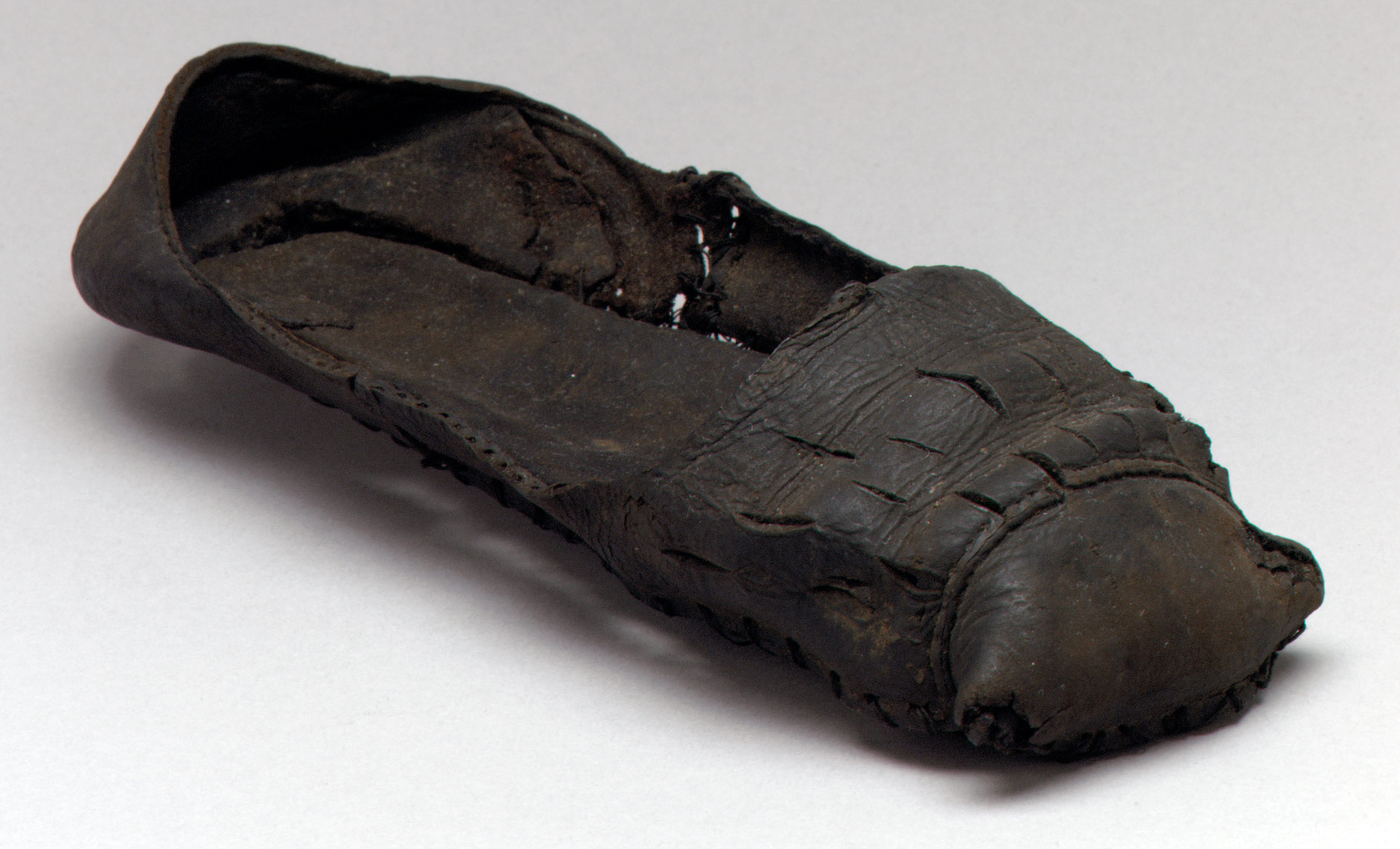At the start of the period, concurrent with the accession of Henry IV (r. 1399–1413), England’s first Lancastrian king, Great Britain and Ireland are rife with internal tensions, including Welsh revolt, a series of baronial rebellions led by the Percy family of Northumberland, and ongoing warfare among the Anglo-Irish nobility. In 1415, Henry V (r. 1413–22) renews the war with France that has continued, with interruptions, for nearly a century. His endeavors are temporarily successful, gaining large territories in France and securing his claim to the French throne. During the reign of his son Henry VI (1422–61; 1470–71), however, the English are expelled from France with the help of Joan of Arc, a French peasant girl, and political turmoil erupts at home when the king’s frequent illnesses place England in the hands of a Protector, Richard, duke of York. By the end of the fifteenth century, civil war between the Yorkists and Lancastrians seriously undermines the power of the monarchy and leaves the nobility fractured and vulnerable to the prevailing Tudor family.
The sixteenth century witnesses both a dramatic shift of power in the hands of the increasingly autocratic English monarch, and the emergence of England as a major presence in international commerce. Tensions between England and Wales are relieved by the Act of Union in 1536, and Tudor rulers tighten their control in Ireland, particularly after the religious upheaval at mid-century. Irish civil wars continue to rage, however, and culminate at the turn of the seventeenth century. Scotland, facing similar civil unrest in the fifteenth century, forges an alliance with France through the marriage of James V to Marie of Guise (1515–1560) and earns the enmity of England. The conversion of Scotland to Protestantism, led by John Knox (1513–1572), repairs the rift.
In 1534, seventeen years after Luther initiates the Reformation in Germany, Henry VIII (r. 1509–47) severs his own ties with the Catholic Church. He establishes the Church of England, and effects a religious reformation shortly to be undone by his Catholic daughter, Mary I (r. 1553–58), but upheld by her successor, Elizabeth I (r. 1558–1603). Elizabeth’s reign marks a turning point in the economic and artistic life of the British Isles; by her death in 1603, England is the center of a rich literary culture and, with its powerful navy, maintains numerous trading interests in Europe and the East and claims in the New World.
